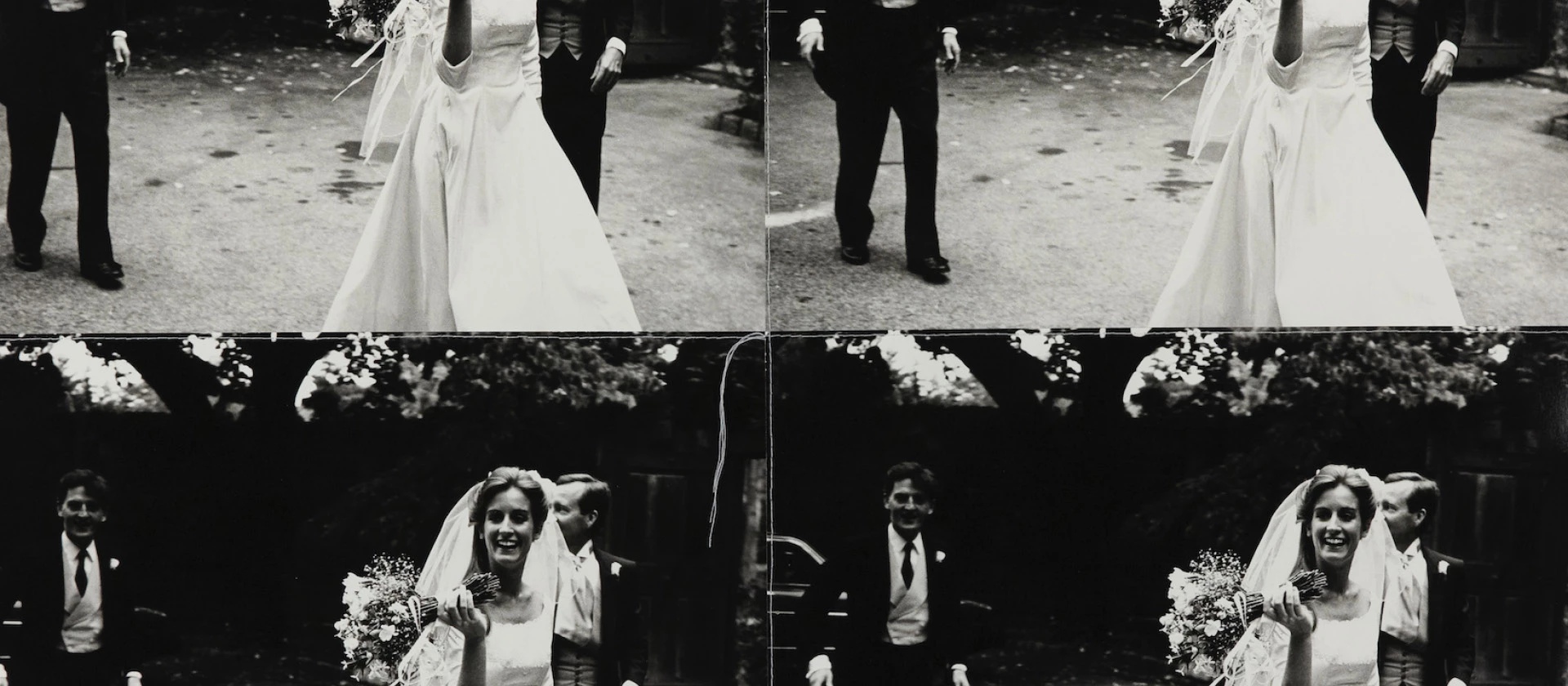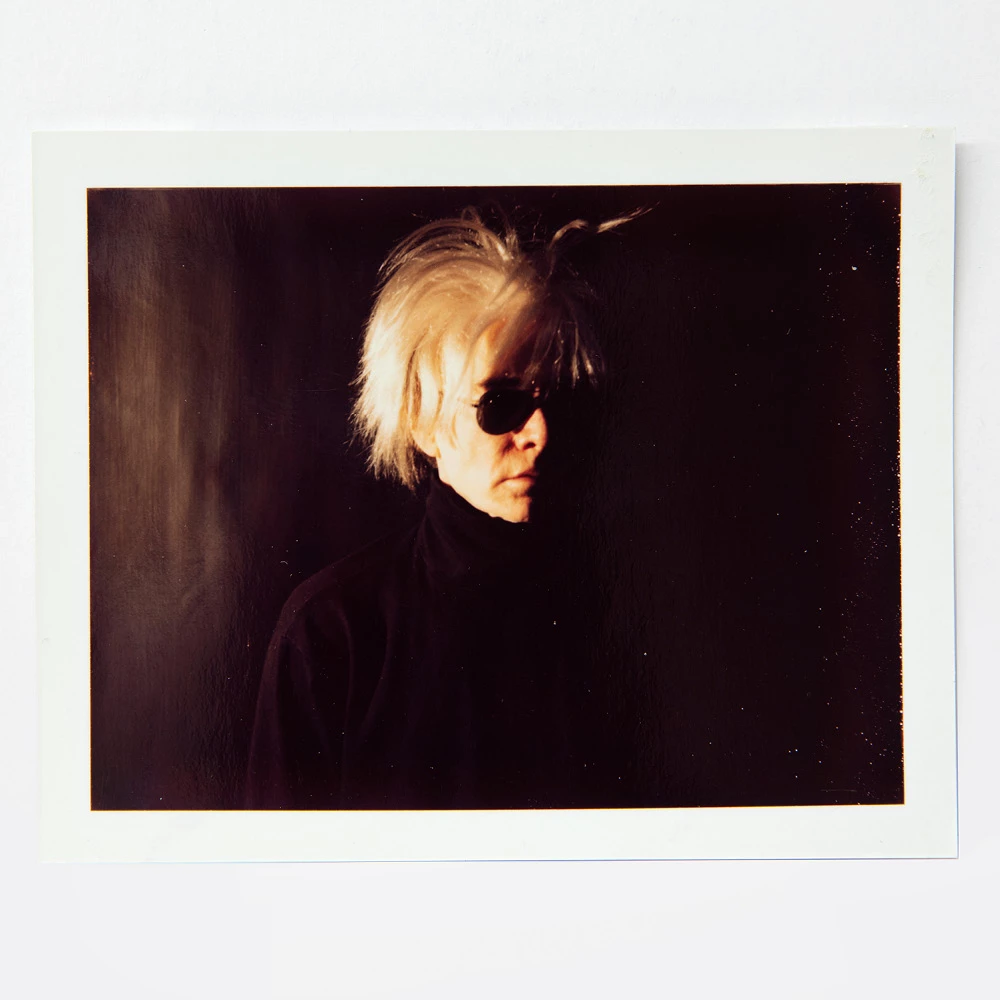The son of Czechoslovakian immigrants, Andrew Warhola grew up in Pittsburgh, Pennsylvania, studying art at the Carnegie Institute of Technology from 1945 to 1949. Soon after graduating he moved to New York City, where he abbreviated his name to Andy Warhol and began working as a commercial designer and window display artist, winning several awards for his distinctive advertising designs.
At the same time, he was developing his own style of painting, which was inspired by mass culture, a subject that riveted the artist and dominated his entire oeuvre. By the early 1960s, Warhol's paintings of dollar bills, soup cans, and movie stars established his status as the founder of pop art. Repetition was a key to Warhol's work, as evidenced by his many recurrent series which included flowers, Marilyn Monroe, Jacqueline Kennedy Onassis, and Chairman Mao, among others. Warhol deliberately infused his work with a mechanical and impersonal character that intensified when he adopted silkscreen printing techniques in order to increase his production. To accelerate this process even further, he employed a large group of assistants in his studio, dubbed "The Factory." This practice brilliantly reflected the commercial, industrial economy of the mechanical reproduction age.
Warhol was also a popular and influential figure in the underground film movement; his documentary approach often focused on banal and repetitive subject matter. In the 1970s he shifted his attention back to painting portraits of famous people, mainly working on commission. Warhol's bland persona, platinum wig, and public statements such as, "In the future everybody will be world-famous for 15 minutes," epitomized the underground culture of the 1960s and 1970s. In 1975 he published The Philosophy of Andy Warhol. During the 1980s Warhol often collaborated with younger artists, including Jean-Michel Basquiat and Francesco Clemente. His career was suddenly cut short in 1987 when he died of complications after gall bladder surgery.

